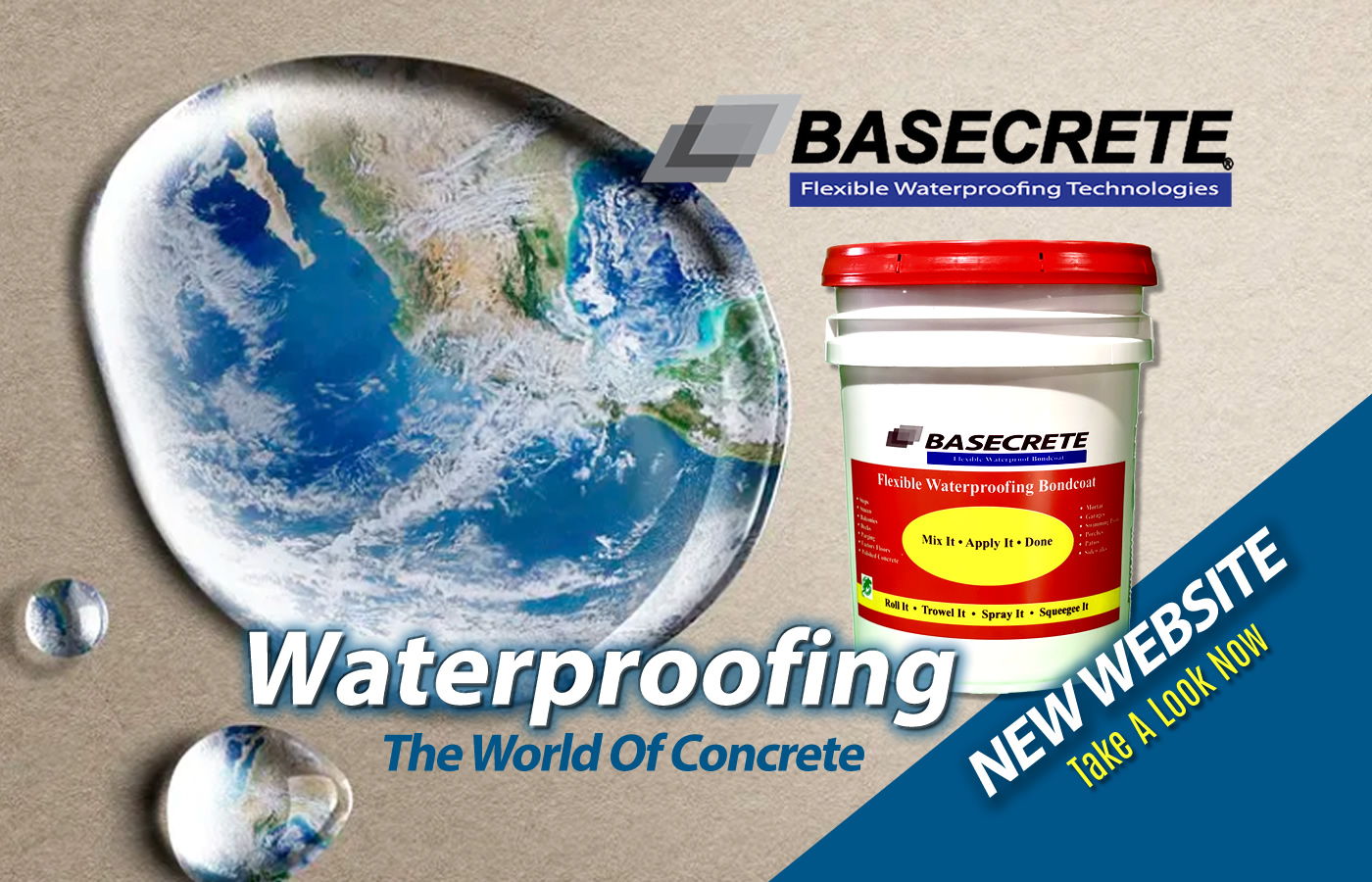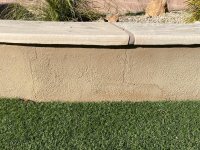Hi all!
I'm planning a concrete block pool build for this spring. I am a mason contractor by trade so I am doing it this way instead of hiring a pool company to shotcrete/gunnite.
I have looked up a few posts here about CMU pools and it seems like everyone uses a liner. I am planning to pour a concrete bottom and then plaster. Are there any examples floating around of pools like this?
I edited this post to thin it out a little and keep my questions simple:
Does anyone know of any pool finish suppliers that ship to IL? I called SMG and after getting phone number after phone number I got a salesperson's phone number in Indianapolis that sounds like is the person in charge of distribution in my area but got their voicemail only. Looking to use diamond brite.
For the actual application: I do not have access to a $50,000 shotcrete machine . Will a standard hand held stucco sprayer be enough, or would I be wasting my time and better off just applying it by hand in the first place? Application video suggests that wetting the surface and then spraying is the only way, but I figure if I take the mason's approach of scratch coating, it should be fine, right? I figure for the square footage, me and my laborer could do it in about half a day if we had to do it all by trowel (16x32 rectangle, 6' deep end and shallow is split between sun shelf and 40" deep area.)
. Will a standard hand held stucco sprayer be enough, or would I be wasting my time and better off just applying it by hand in the first place? Application video suggests that wetting the surface and then spraying is the only way, but I figure if I take the mason's approach of scratch coating, it should be fine, right? I figure for the square footage, me and my laborer could do it in about half a day if we had to do it all by trowel (16x32 rectangle, 6' deep end and shallow is split between sun shelf and 40" deep area.)
Plumbing packages: I hear that 2" pvc is a lot better, but maybe overkill for my pool size? Mine will be roughly 16,000 gallons I figure.
For plumbing layout, I have figured 1 skimmer between the deep and shallow end, close to the pump, and then 2 floor drains. I am thinking 2 return lines would be fine also--1 in the deep and 1 in the middle area.
Thanks for any advice!
I'm planning a concrete block pool build for this spring. I am a mason contractor by trade so I am doing it this way instead of hiring a pool company to shotcrete/gunnite.
I have looked up a few posts here about CMU pools and it seems like everyone uses a liner. I am planning to pour a concrete bottom and then plaster. Are there any examples floating around of pools like this?
I edited this post to thin it out a little and keep my questions simple:
Does anyone know of any pool finish suppliers that ship to IL? I called SMG and after getting phone number after phone number I got a salesperson's phone number in Indianapolis that sounds like is the person in charge of distribution in my area but got their voicemail only. Looking to use diamond brite.
For the actual application: I do not have access to a $50,000 shotcrete machine
Plumbing packages: I hear that 2" pvc is a lot better, but maybe overkill for my pool size? Mine will be roughly 16,000 gallons I figure.
For plumbing layout, I have figured 1 skimmer between the deep and shallow end, close to the pump, and then 2 floor drains. I am thinking 2 return lines would be fine also--1 in the deep and 1 in the middle area.
Thanks for any advice!
Last edited:


 Afraid I'm no help on your technical questions, but we do have some members that might. Traffic is picking up a bit here on the forum so stick close to this thread and watch for replies. Post back as much as needed to help encourage responses. Stick around and enjoy the forum.
Afraid I'm no help on your technical questions, but we do have some members that might. Traffic is picking up a bit here on the forum so stick close to this thread and watch for replies. Post back as much as needed to help encourage responses. Stick around and enjoy the forum. 





